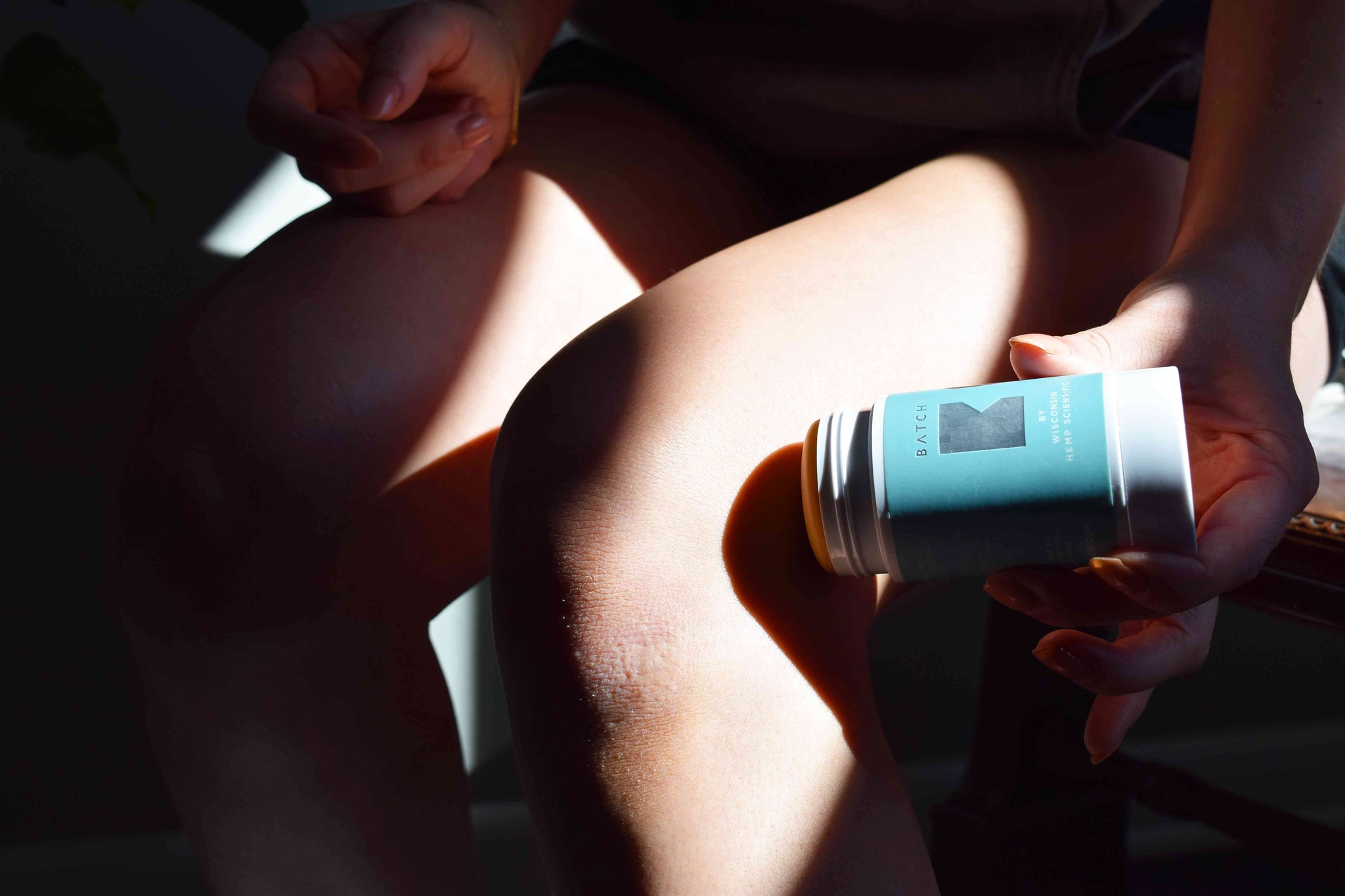Statistically, osteoarthritis is something that many of us will face one day. It is the most common form of arthritis and the 8th leading cause of disability globally. Osteoarthritis most commonly affects weight-bearing joints such as knees, hips, and feet.
Today, we’re going to talk about how osteoarthritis specifically affects the knee joints, symptoms of this condition, possible treatment modalities, and how acupuncture and Chinese medicine can help! I won’t bore you with all of the statistics related to knee osteoarthritis, but it is of mention that women are twice as likely as men to have this condition. Unfortunately, there is currently no cure for osteoarthritis, and it can limit activities in daily life.
So how do you know if you have knee osteoarthritis? Most people will begin to have some common symptoms that may include:
• Joint stiffness with possible difficulty in bending or straightening the knee
• Pain & swelling that is worse at the end of the day or after being on your feet
• Crepitus, which is audible cracking, creaking, or grinding of the joint with movement
• Increased difficulty in climbing stairs, rising from a seated position, or even walking
Current mainstream treatment options include physical therapy, pain medications, knee injections, and knee surgery. Physical therapy works to try and strengthen the muscles surrounding and supporting the knee. This may include some knee exercises and posture training. While this therapy can be helpful, many patients get discouraged with slow progression of healing. Pain medications are often in the spotlight as the opioid crisis continues in the U.S. This form of treatment is pretty self-explanatory and often used as sufferers of osteoarthritis experience intense pain. Injections for knee osteoarthritis may include hyaluronic acid, platelet rich therapy, stem cell, prolotherapy, and/or cortisone (steroid). Platelet rich therapy, stem cell, and prolotherapy injections are all considered experimental. While injections can provide pain relief, they do not always work and have varied durations for every individual. Knee surgery is the final option in Western medicine and is usually something that patients are trying to avoid. This requires an invasive and costly procedure with a long recovery period.
While acupuncture clinics see a lot of patients with knee osteoarthritis, patients usually admit that they have often tried everything else first. Don’t worry, we don’t take it personally and are still happy to help at any stage of progression. ? In Chinese medicine theory, it’s interesting to note that the 2 main acupuncture channels closest to the knee joint are the Stomach and Spleen channels. This is directly related to digestion and as we all know, if we’re not properly digesting our nutrients then how could those nutrients possibly be distributed to our joints? Therefore, acupuncture often treats a deficiency in digestion by choosing specific points along these channels. This can begin the process of restoring harmony and rebalancing qi flow.
If you are looking for a more Western medical explanation, there is ample research indicating that acupuncture relieves pain through the release of neurochemicals. The most common neurochemicals researched in acupuncture pain relief are endorphins and midbrain monoamines such as serotonin and norepinephrine. These all help in blocking pain signals. Furthermore, the local stimulation of needles at the site of pain causes a cascade of cytokines & interleukins, which regulate inflammatory cells.
#chinesemedicine #selfcare #osteoarthritis #painrelief #naturalmedicine


